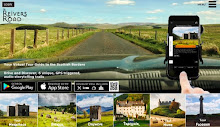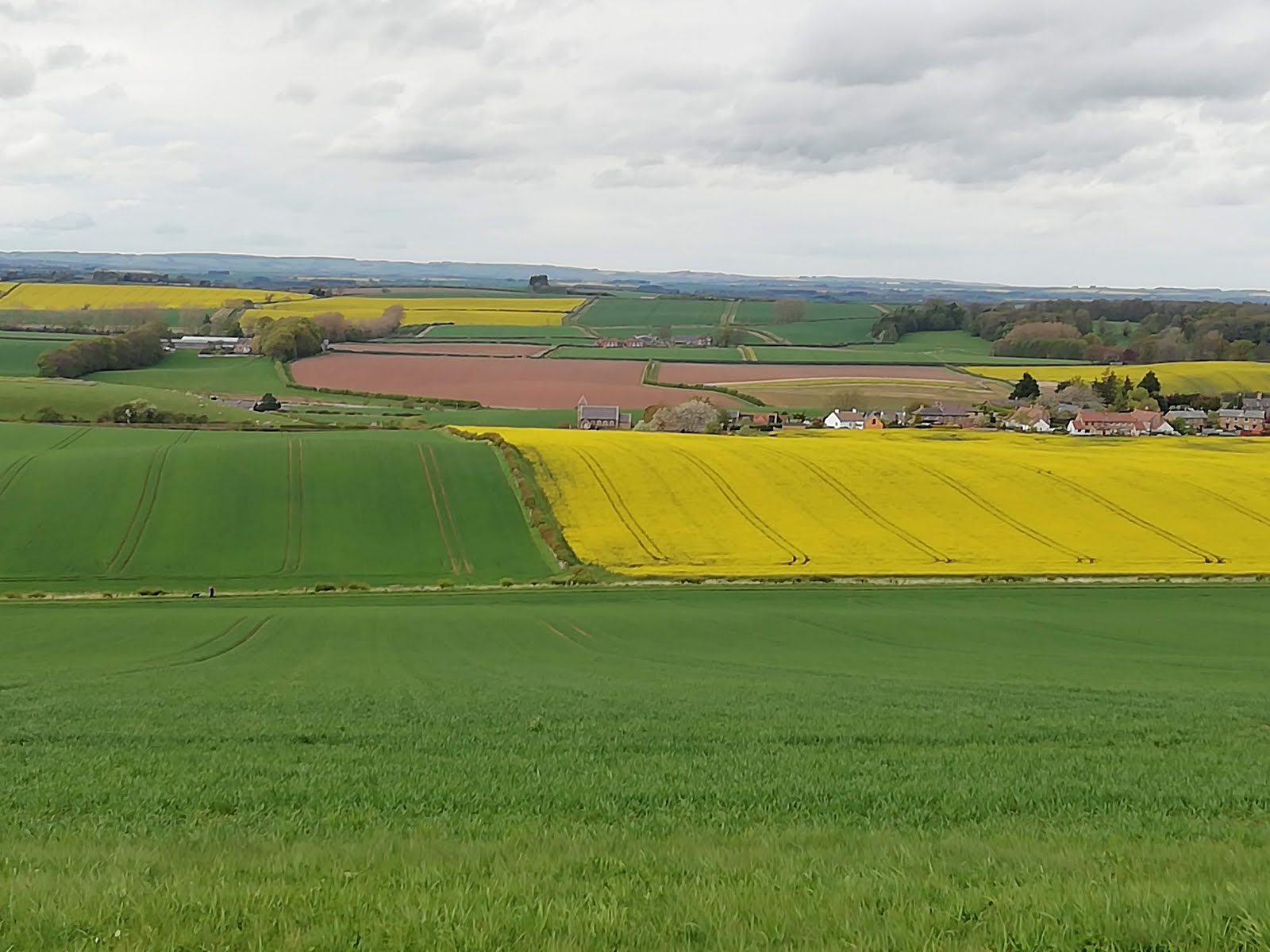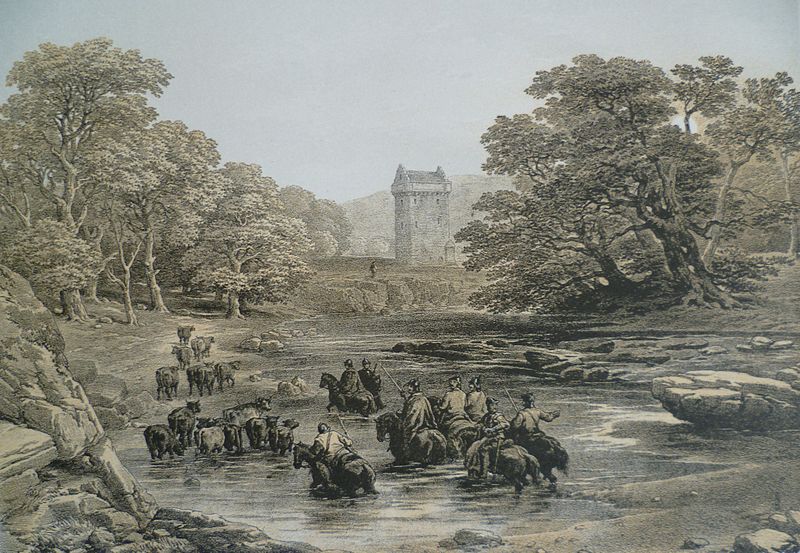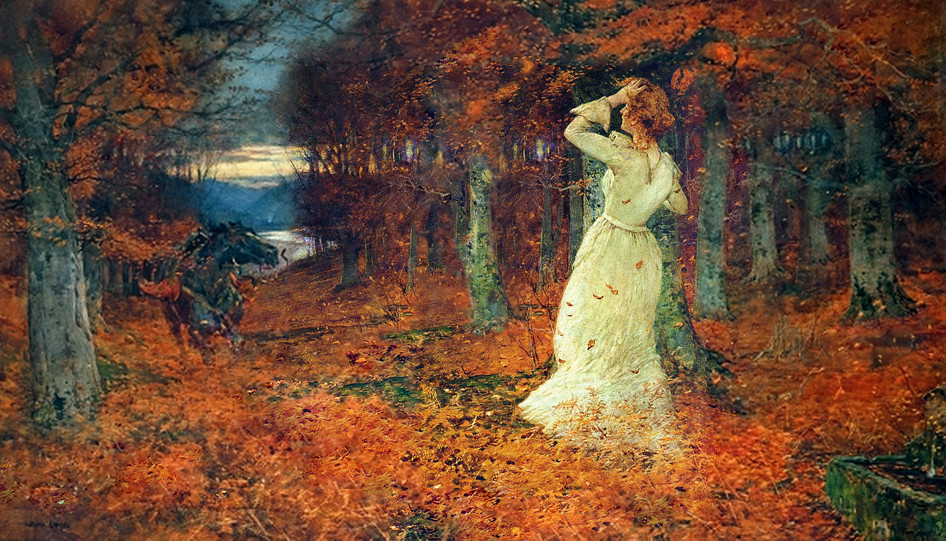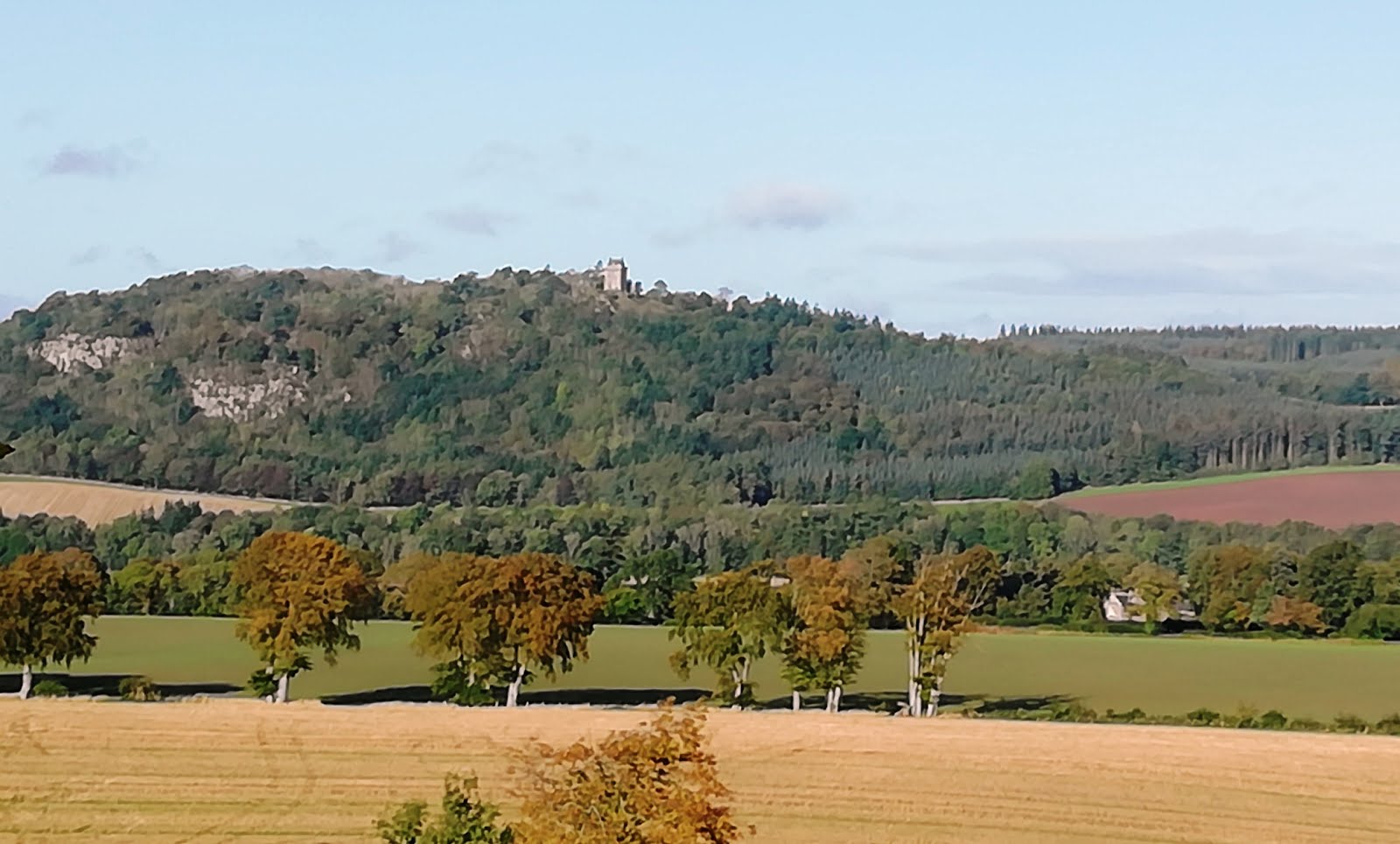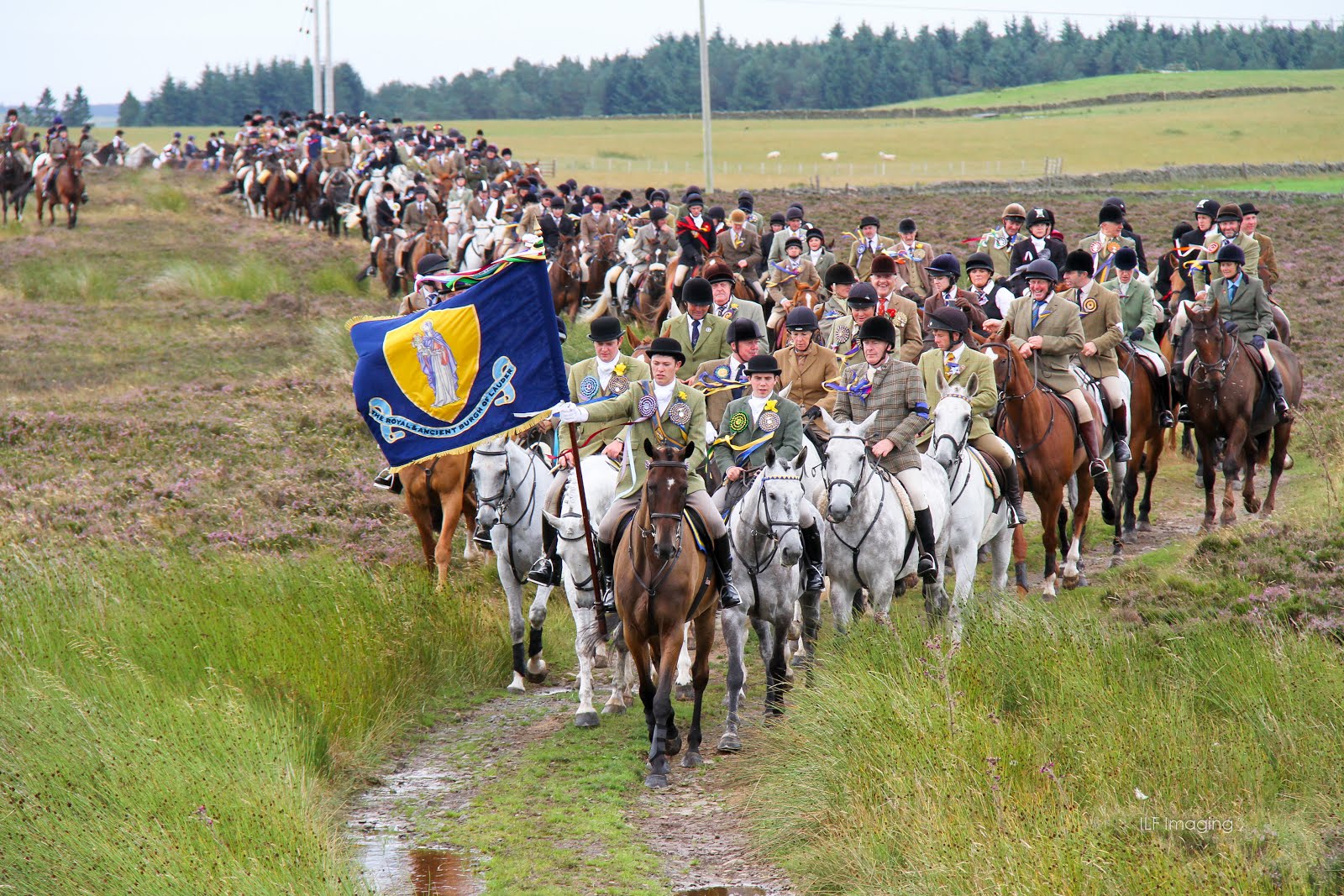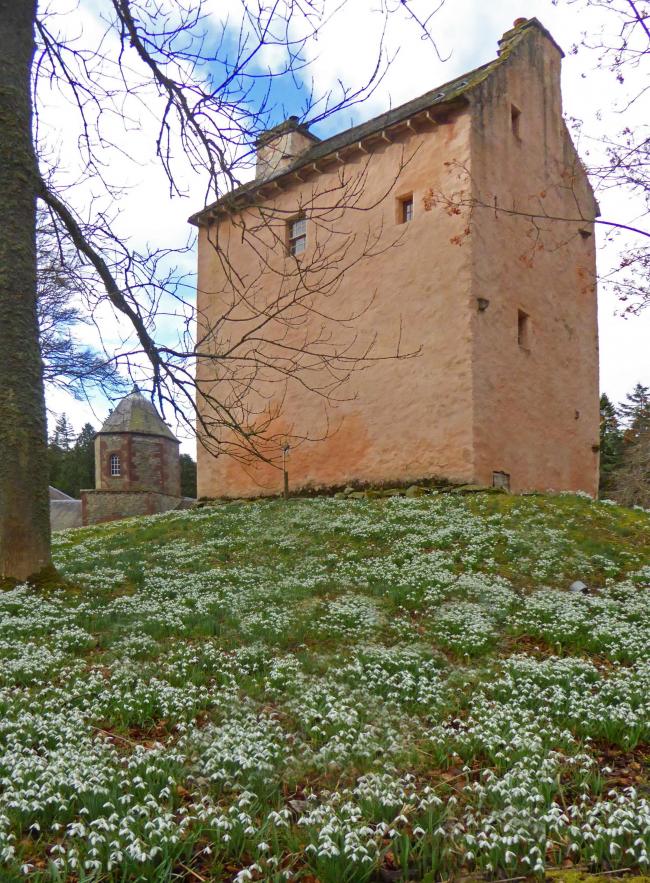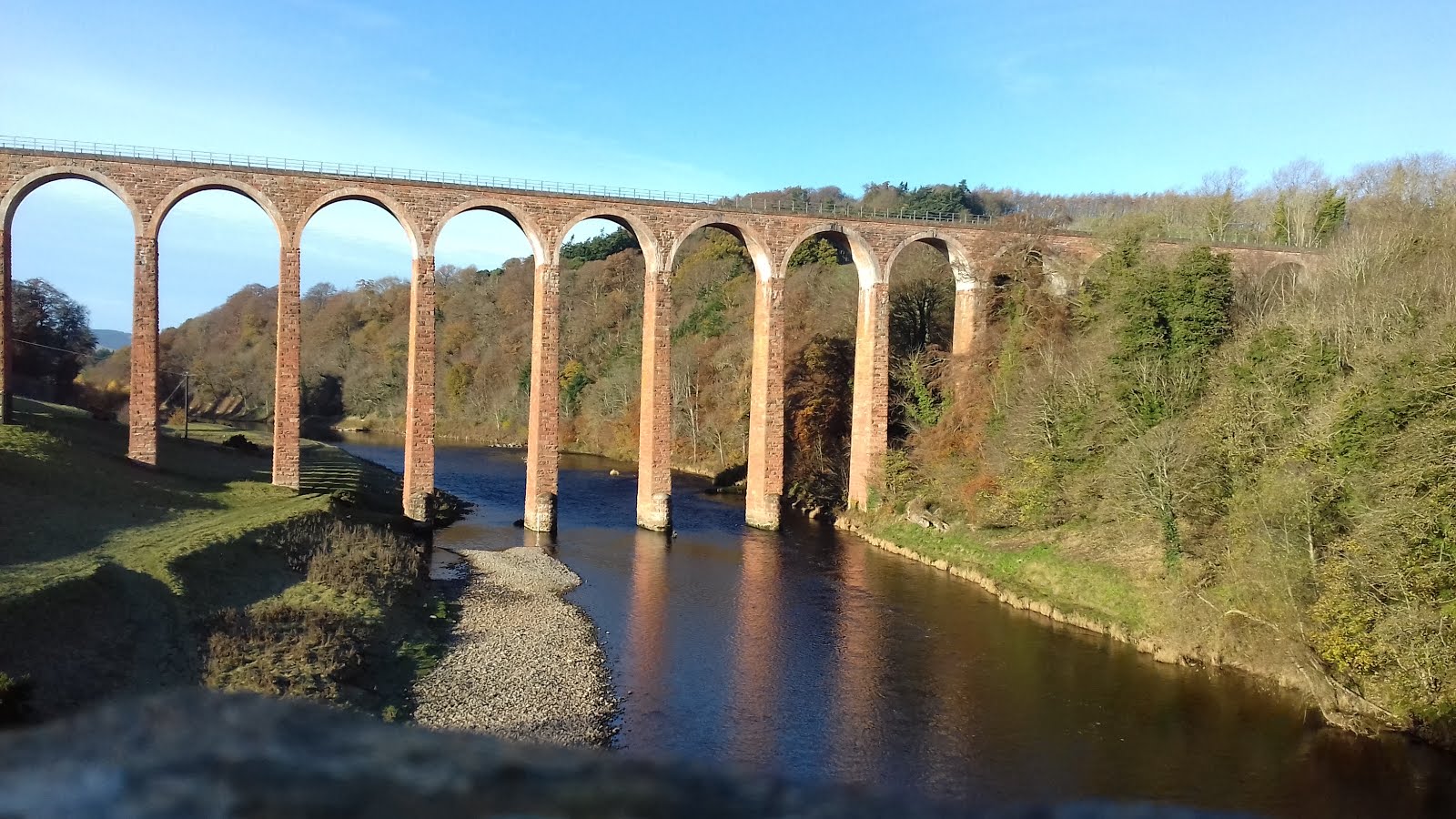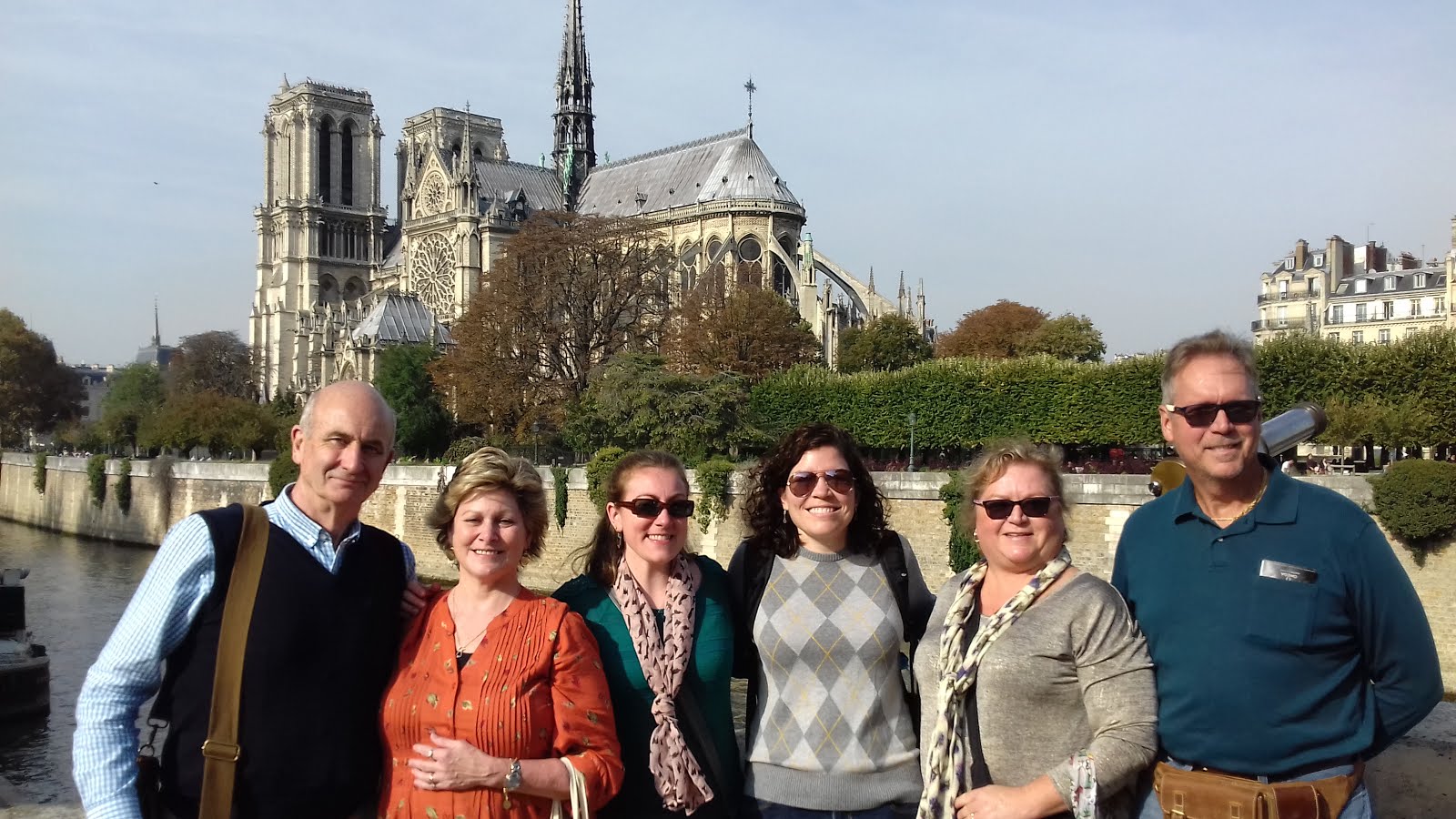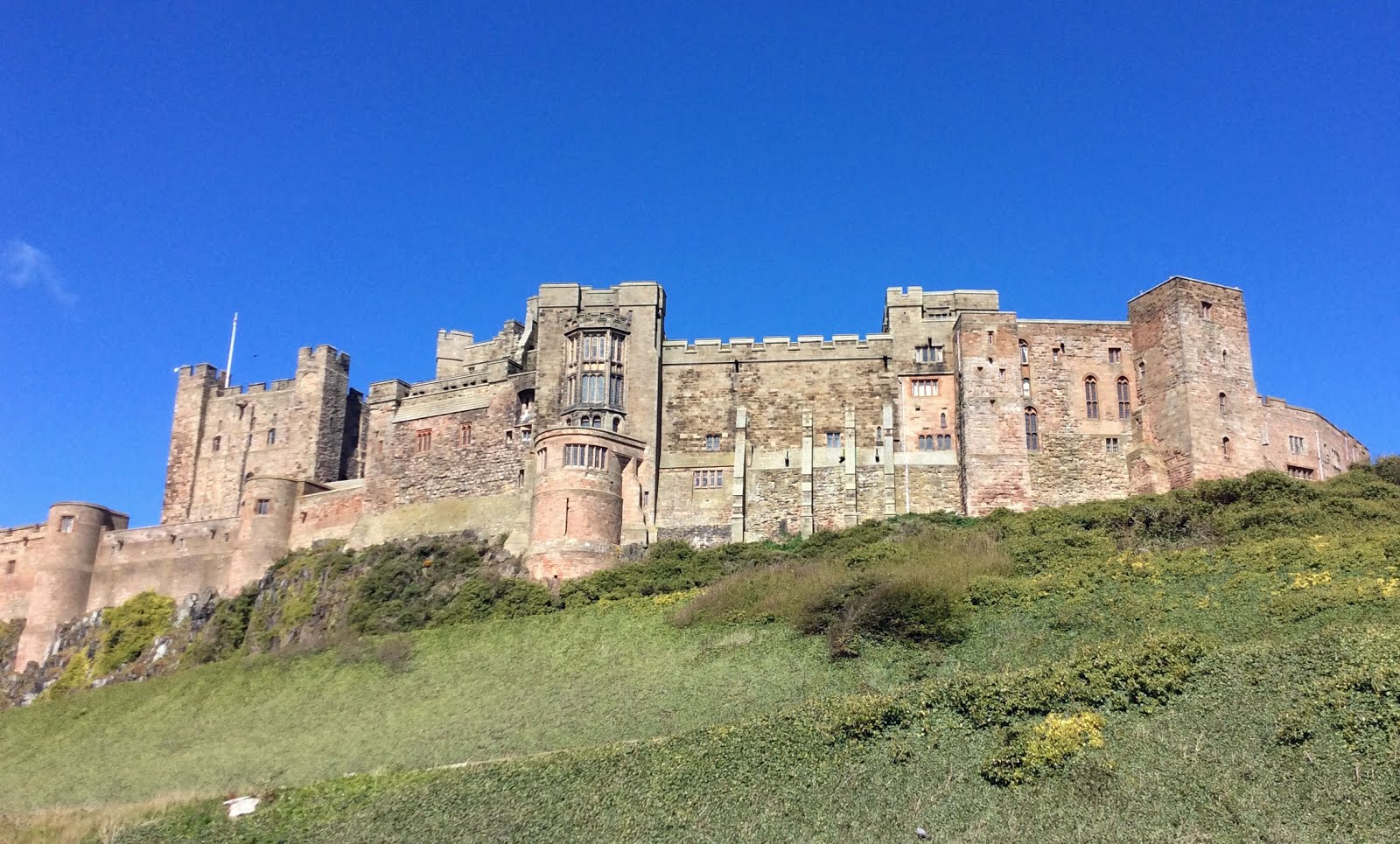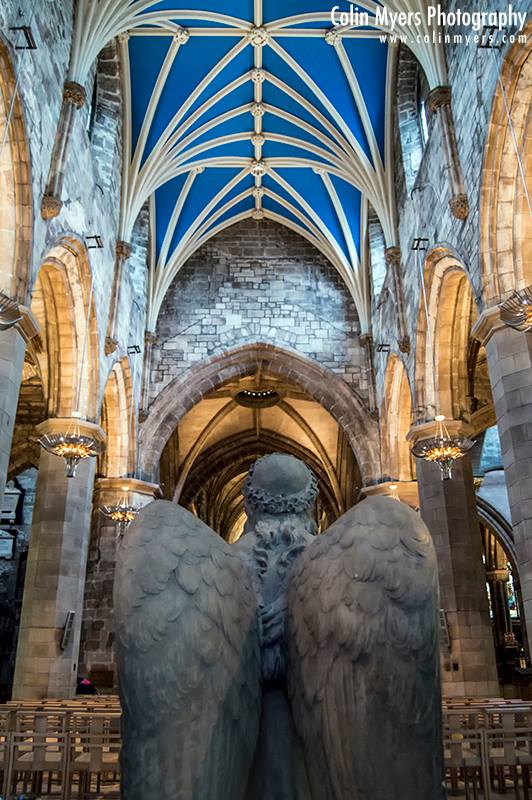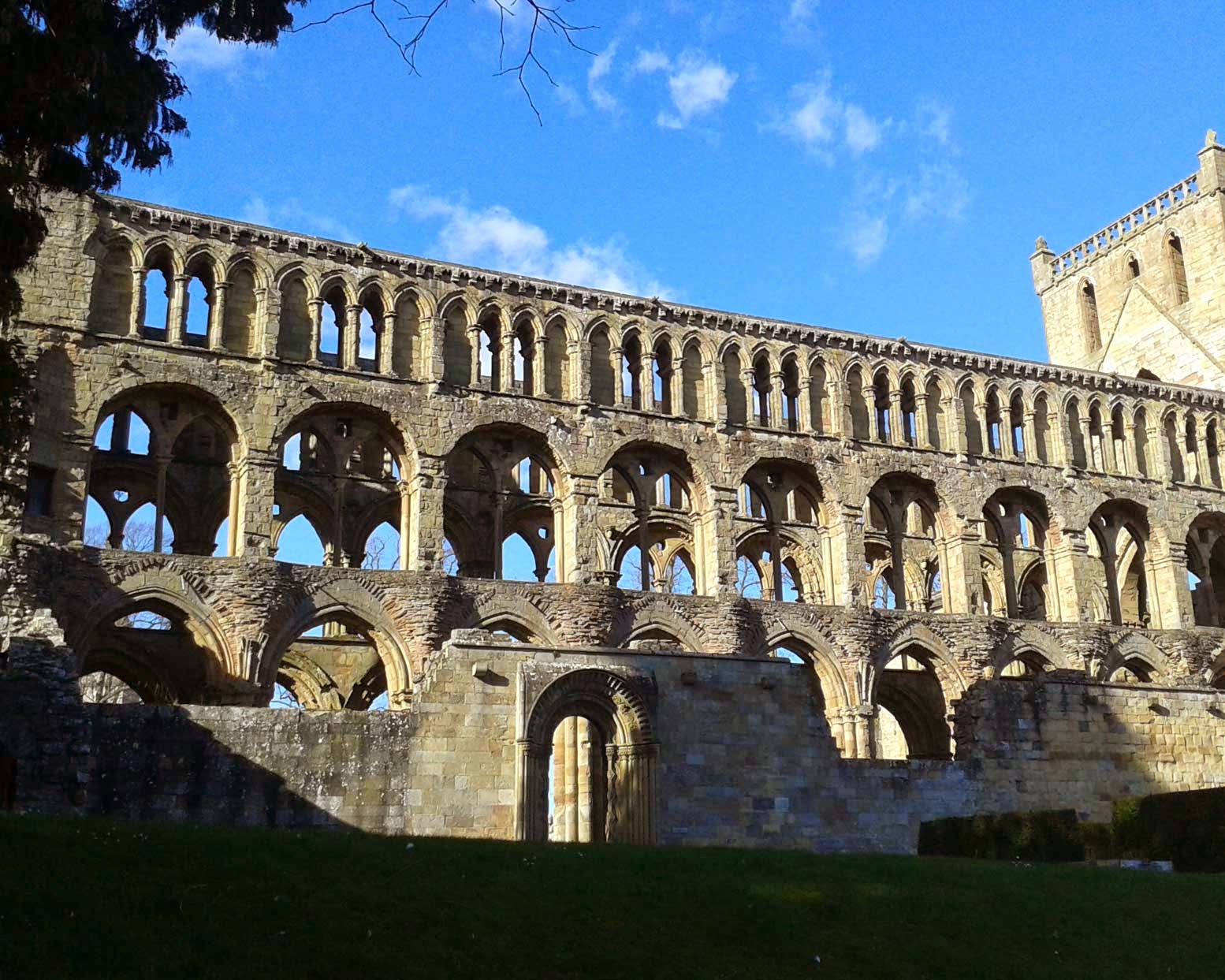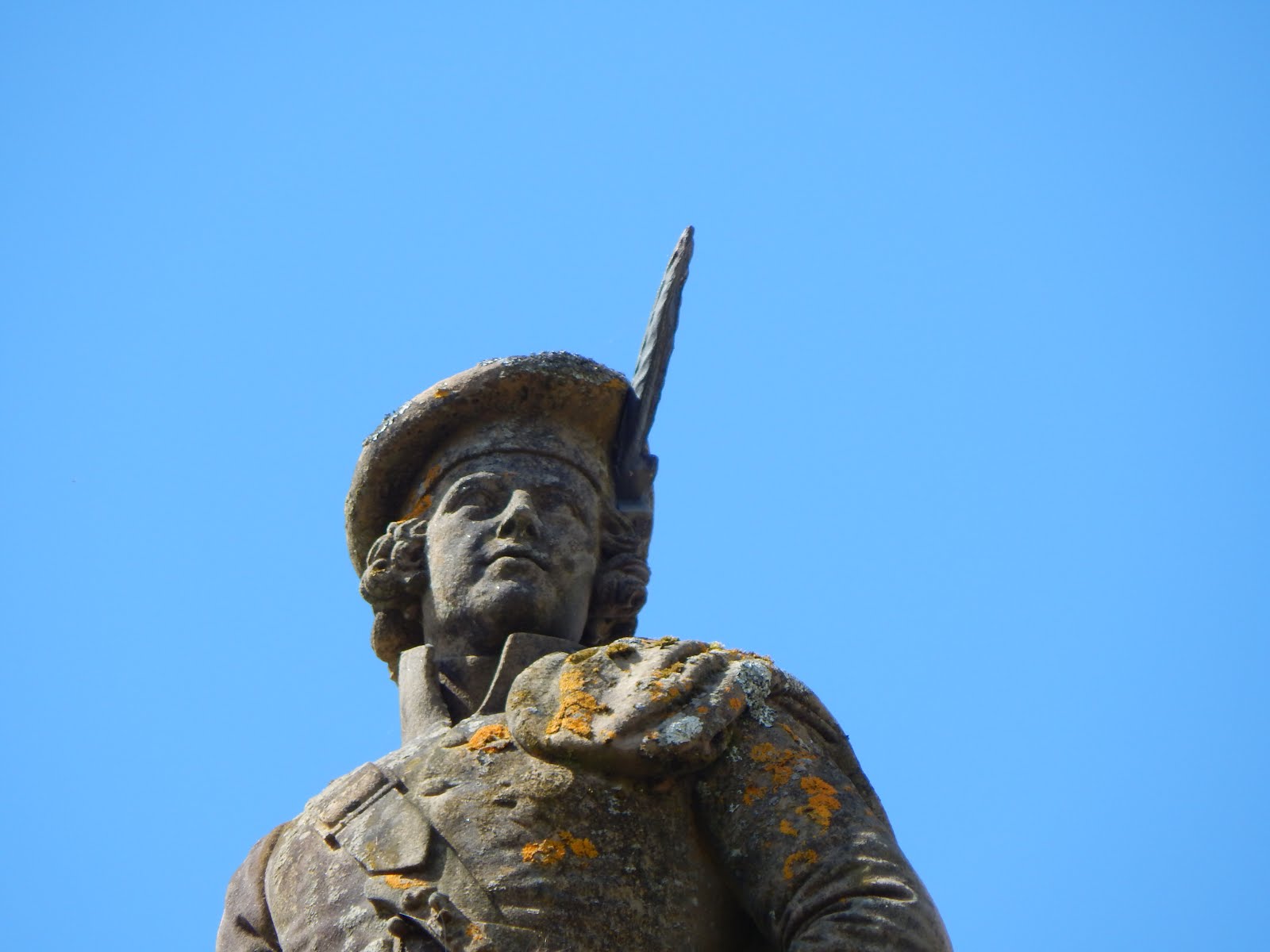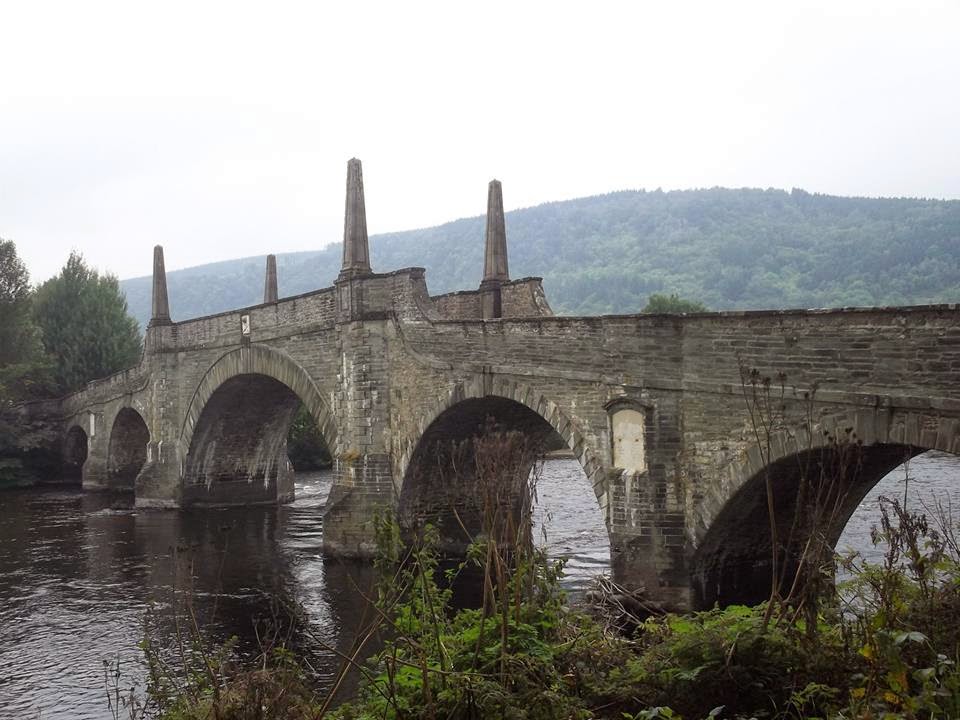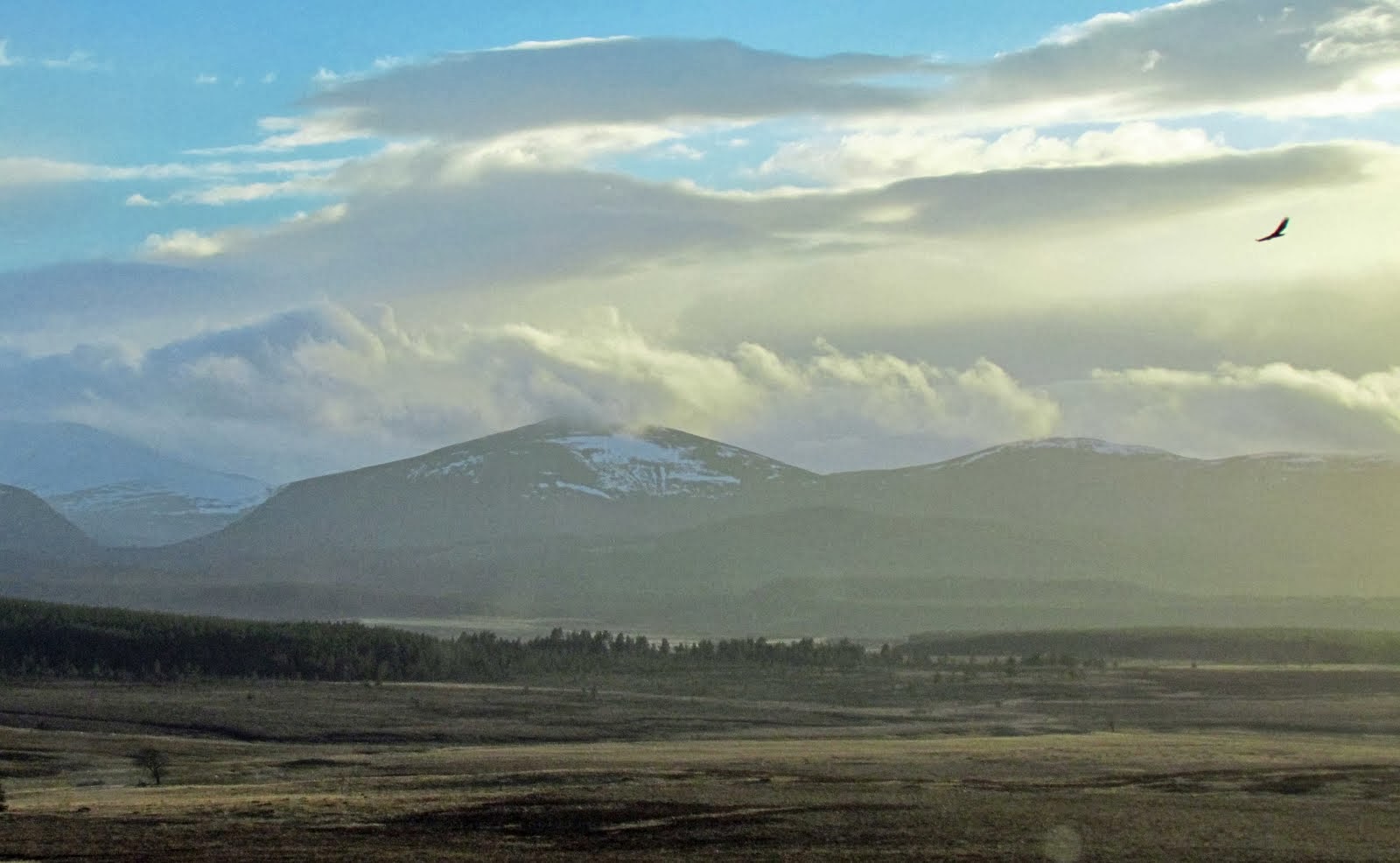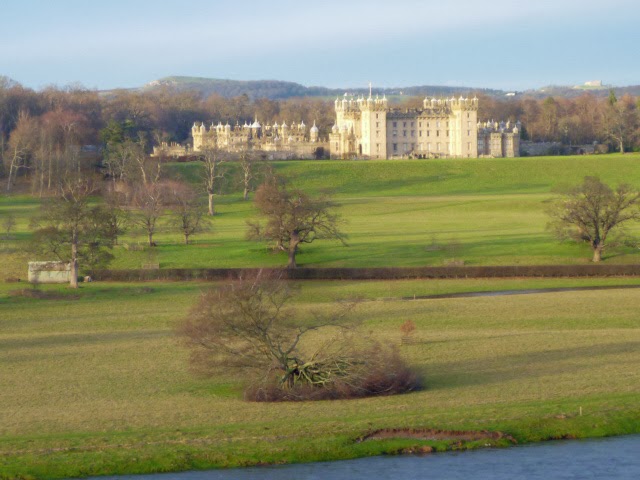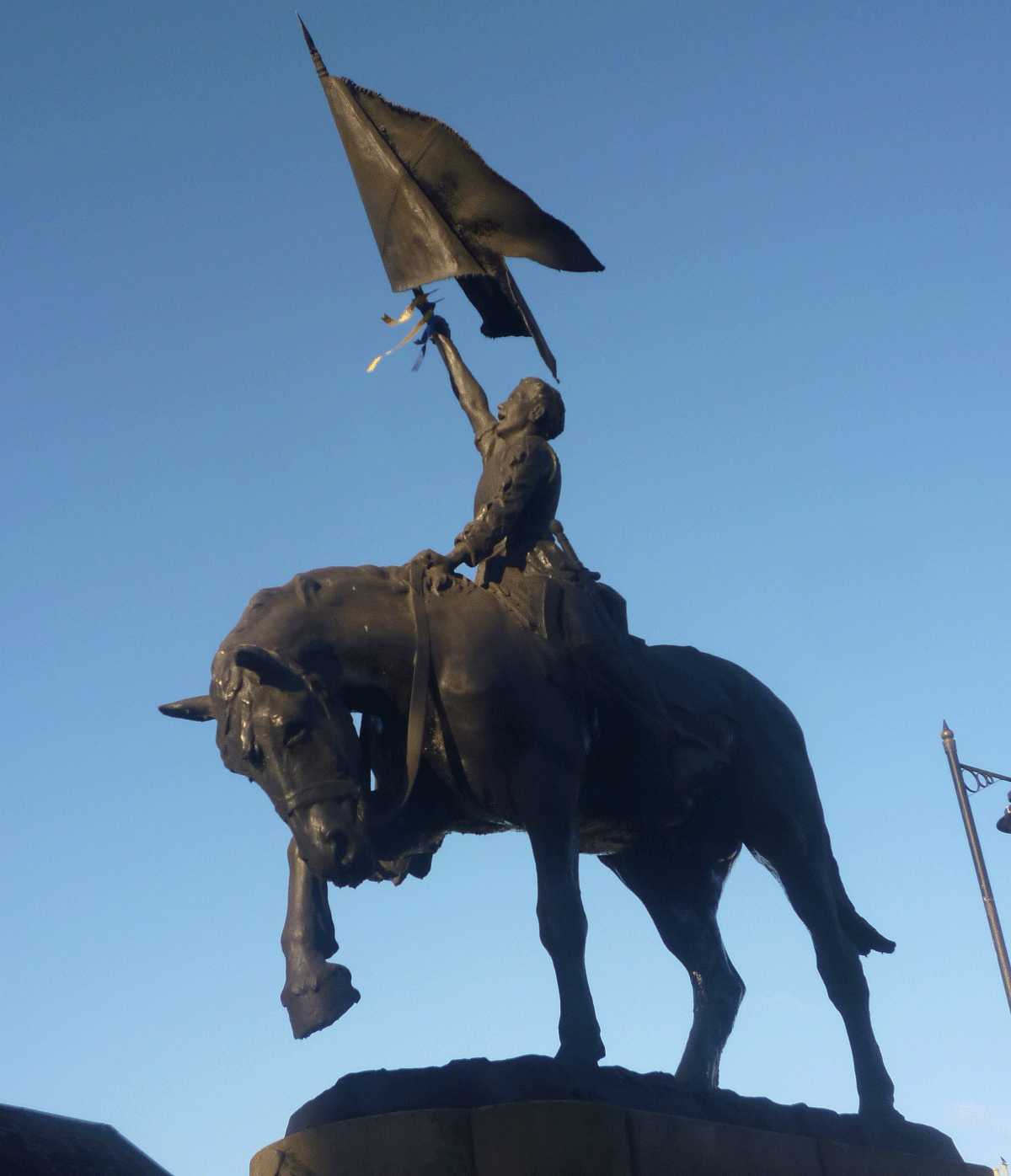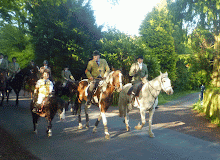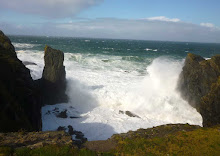Now then, leaving with the rental car do they head for Inbhir Nis or Obar Dheathain?

So I though I'd put in my two pennyworth...
We've had a few tussles with the French but so far as I know have never tried to re-christen Paris as 'Paree' or Marseilles as 'Marsay'. And so why did Inbhir Nis have to become 'Inverness' - a poor phonetical rendering of a perfectly good Gaelic name? Of course French is a far better established language than Gaelic, but you get the point: 'Inverness' is not a 'real word' in any language. At least the USA retained the correct spelling of Orléans, even if they can't pronounce it!
 Most mountains, like Glencoe's Buachaille Etive Mhor, (the big Shepherd of Etive), have retained their Gaelic integrity. And there are placenames, like 'Fort Augustus', that are pure English. No problem there. Its the large grey area in the middle...
Most mountains, like Glencoe's Buachaille Etive Mhor, (the big Shepherd of Etive), have retained their Gaelic integrity. And there are placenames, like 'Fort Augustus', that are pure English. No problem there. Its the large grey area in the middle...
So what's it all about?
The problem is that Gaelic is currently spoken by only about 60,000 people. If it reaches the stage of being nursed along by a few academics and enthusiasts, it will be dead in all but name. This matters because it was Scotland's principal language from the sixth to the sixteenth century and the vast majority of long established placenames are from the Gaelic. From these names we understand more of both our culture and our countryside. Let Gaelic go and we lose not just an impressive body of literature and song, but slice of social history.
The heavy responsibility of saving the language lies with Bòrd na Gàidhlig and their focus is of course on Gaelic medium schooling. But increasing awareness of Gaelic names is an important part of the process. Hence the road signs.
I see that Historic Scotland has recently restored the original Gaelic name of the Calanais Stones (previously anglicised as Callanish). It all helps.
Tapadh Leat airson leabadgh seo!





